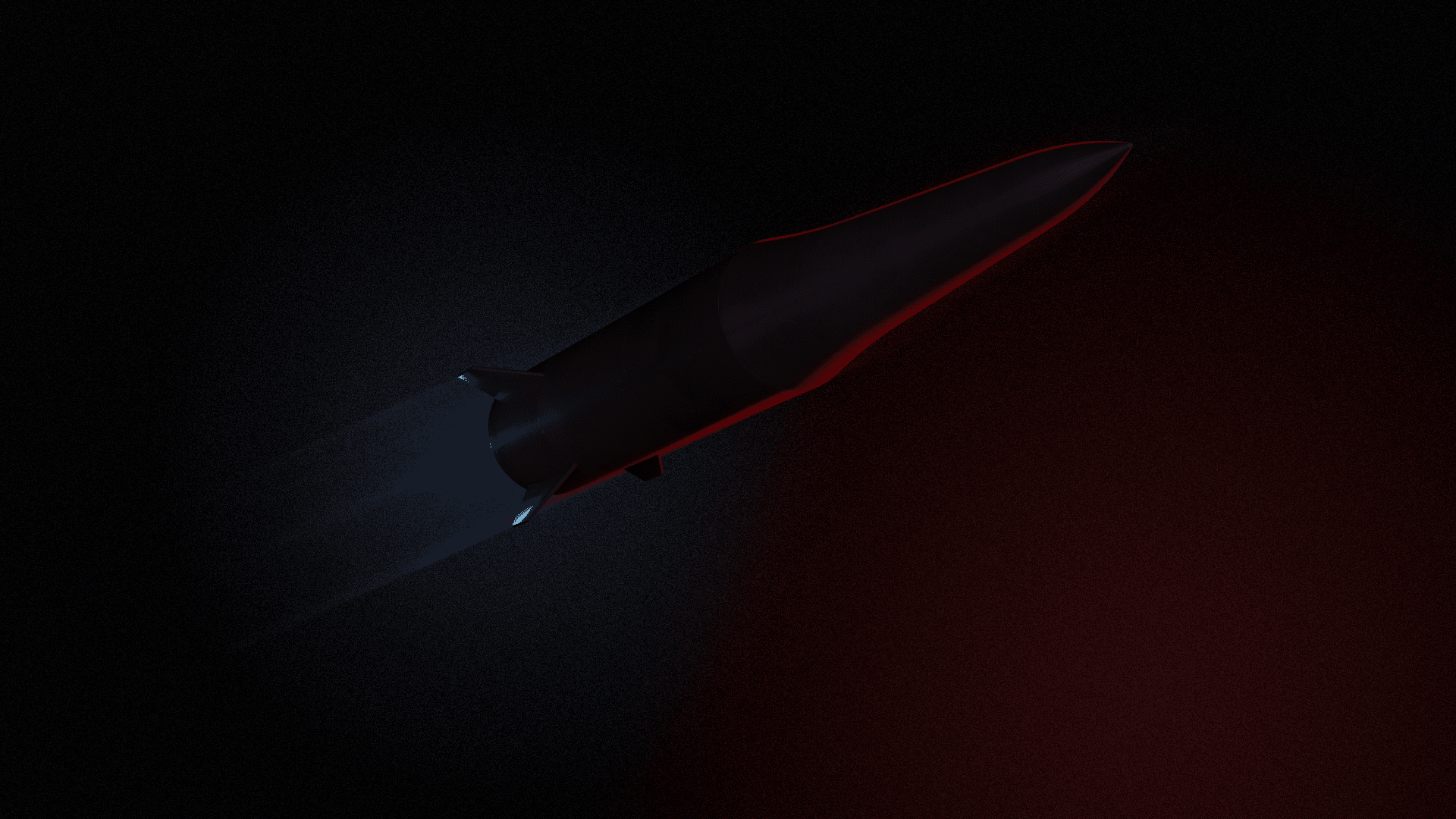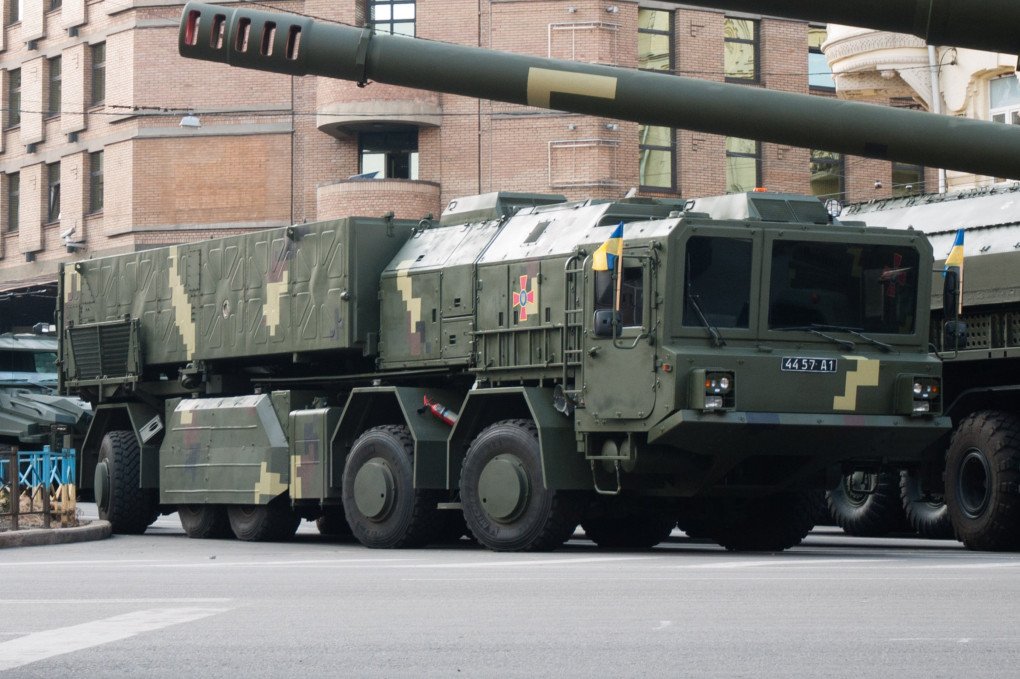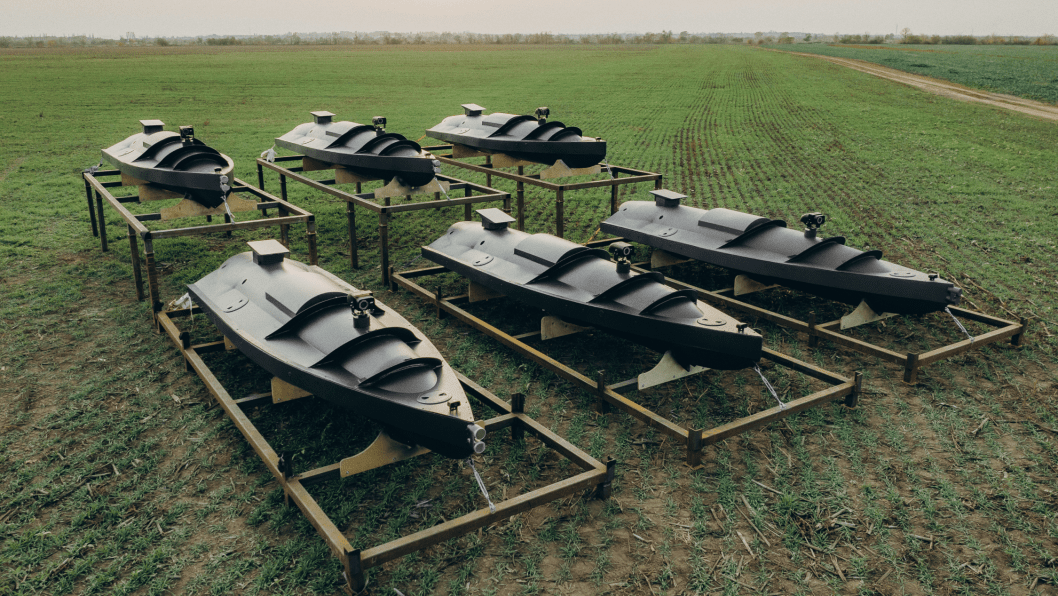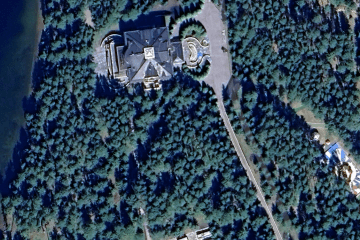- Category
- War in Ukraine
What Is Sapsan, Ukraine’s First Homegrown High-Speed Missile, and What Can It Really Do?

Ukraine’s Armed Forces have just pulled off a major missile breakthrough, creating a domestically produced ballistic missile, the Sapsan. Now comes the next battle: scaling production from a handful to hundreds.
For obvious reasons, Ukrainian officials release information about domestic missile development sparingly. Until now, public knowledge included several cruise missiles and drone-based missiles. But in late June, Ukraine officially announced the creation of its own ballistic missile for the first time: the Sapsan.
President Volodymyr Zelensky had previously made a passing reference to the missile, stating that its production was a target for 2025. According to sources cited by the article’s author, testing began in the summer of 2024, with at least two separate teams working on different versions. In late August 2024, one of these missiles reportedly completed successful tests.
The missile has now also been used in combat against Russian forces, Ukrainian officials told The Times. Its confirmed operational range is 300 kilometers (185 miles).
Sapsan: What we know
Due to the high level of secrecy, very little information about the Sapsan is publicly available.
The warhead weighs 480 kg. While its operational range is officially listed at 300 km, experts believe it may potentially reach up to 500 km. The exact figure, however, remains classified. Ukrainian sources have discussed ambitions to develop weaponry capable of striking targets up to 1,000 km away—but whether this refers to a cruise or ballistic missile is not disclosed.

There’s ongoing speculation over whether Ukraine’s ballistic missiles could reach Moscow. Ukrainian officials have not given a direct answer, only stating they are “capable of surprising” the enemy. Still, Ukraine’s stated goal differs from Russia’s: while Russia uses ballistic missiles to strike Ukrainian cities, Ukraine aims to destroy military infrastructure—troop concentrations, airfields, and aircraft.
The missile is launched from a ground-based platform and travels at speeds exceeding 5,000 km/h.
Ukraine is currently focused on setting up mass production of these missiles.
The idea to develop a domestic ballistic missile dates back to 2005. The operational-tactical missile system “Sapsan” received initial funding in 2006. However, development was later abandoned due to a lack of funding. When Russian-backed politician Viktor Yanukovych came to power, the project was effectively shelved and forgotten—until Russia’s full-scale invasion reignited its urgency.
Why ballistic missiles matter to Ukraine
Ballistic missiles offer several key advantages. First, they can carry large warheads, enabling significant destruction of targets like military airfields, ammunition depots, and equipment concentrations. Second, their extreme speed—up to 10 times faster than drones and several times faster than cruise missiles—makes them far more difficult to intercept.
Third, having domestically produced ballistic missiles allows Ukraine to strike targets deeper behind Russian lines. This was why access to US-made ATACMS missiles was so crucial for Ukraine. These missiles enabled the targeting of aircraft at over 20 airfields located less than 200 km from the front lines. If Ukraine had possessed such capabilities at the outset of the full-scale invasion, it could have crippled a large part of Russia’s air operations early on.
Even today, having such weapons allows Ukraine to strike Russian positions and military targets in both occupied Ukrainian territories and inside Russia. The need for this kind of capability is beyond question.
Sapsan vs. competitors
European partners have not provided Ukraine with ballistic missiles, mainly because they don’t have them. Most European countries only possess cruise missiles or rely on US-supplied ATACMS. Ukraine received a limited number of these in 2024.
The ATACMS variant sent to Ukraine has a range of about 300 km, a warhead weighing 230 kg, and a speed of around 1,500 km/h. By comparison, the Sapsan appears to outperform it on all counts.
Russia, on the other hand, possesses a wide array of ballistic missiles. The most frequently used in attacks on Ukraine are the Iskander missiles, with ranges up to 500 km, and some variants reaching 700 km. These carry a 480 kg warhead and travel at speeds over 2,000 km/h. Russia has also used North Korea’s KN-23 missile, which can fly up to 700 km and carry a warhead weighing up to 500 kg.

-29a1a43aba23f9bb779a1ac8b98d2121.jpeg)

-24deccd511006ba79cfc4d798c6c2ef5.jpeg)



-099180a164f53abb1128c9b5025a2b0e.jpg)
-46f6afa2f66d31ff3df8ea1a8f5524ec.jpg)